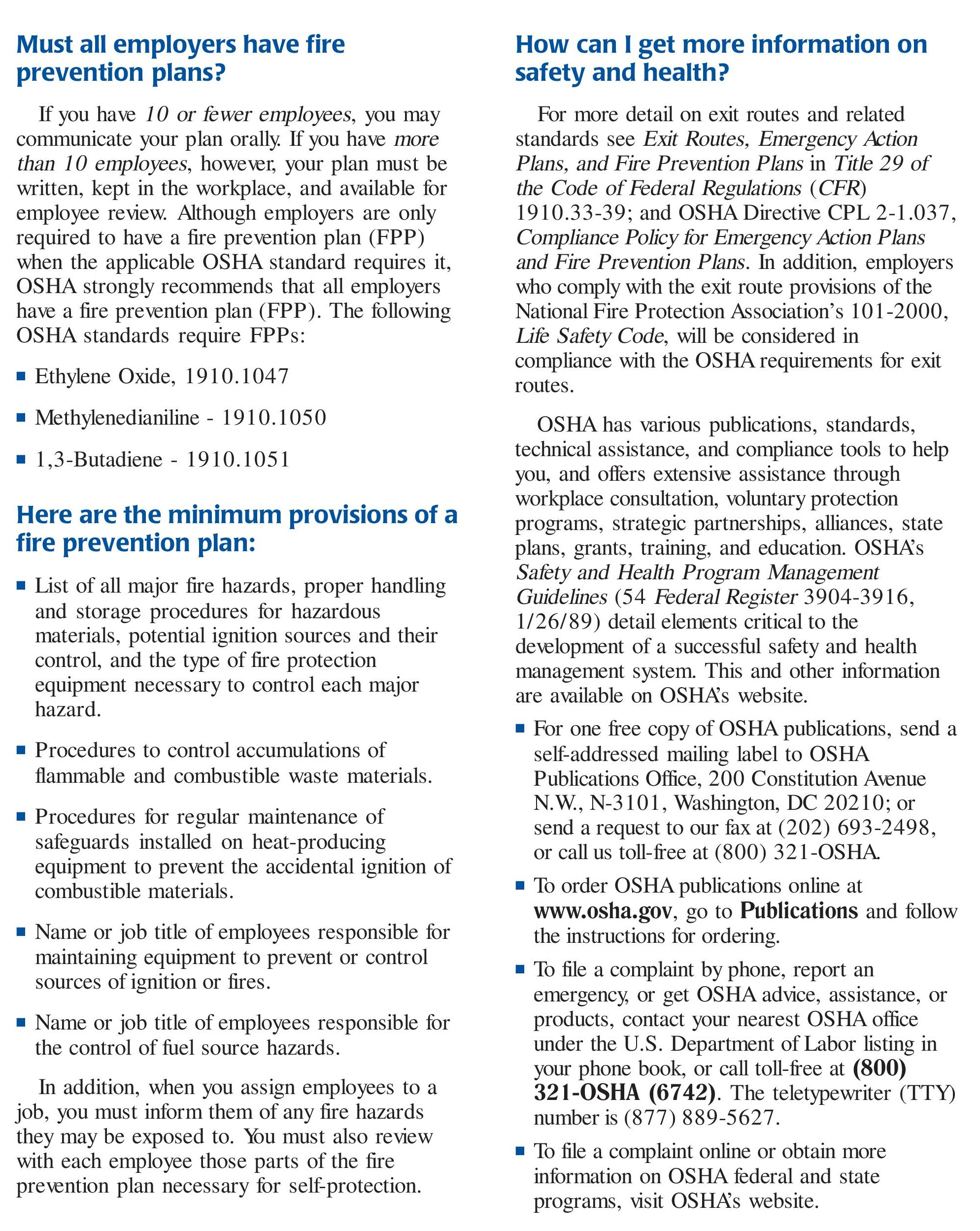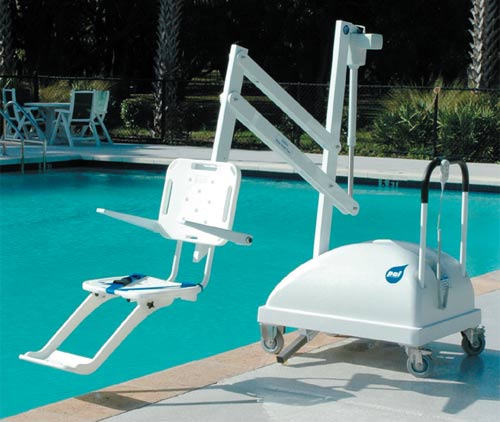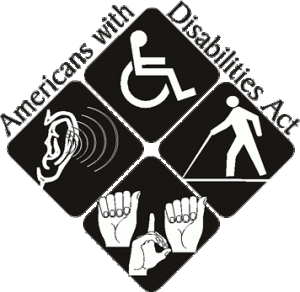“…the interactive process is the name given to the process that an employer utilizes in order to determine the appropriate reasonable accommodation that  will enable an employee with a disability to perform the essential functions of the position…”
will enable an employee with a disability to perform the essential functions of the position…”
“A primary goal (is a) meeting to determine what problems the employee is having in performing their job tasks because of a disability. This entails soliciting ideas from the employee about what you could provide that would enable the employee to perform his or her job duties…”
If the supervisor who is asked for an accommodation can easily provide one, then he or she should do so as soon as possible. However, to establish that you have engaged in good faith in the interactive process, best practice is to schedule a meeting with the employee, the employee’s supervisor and someone from HR. In addition to soliciting ideas, you may also suggest solutions. The purpose of this brainstorming meeting is to come away with suggestions to enable the employee to continue working. A couple of suggestions:
- If the employee has a work-related injury, consider involving your workers’ compensation carrier to determine whether there are any monies from your state workers’ compensation division to assist you in making workplace modifications. In Oregon, such funds may be available through the employer at injury program.
- If you are not sure of an accommodation, consider calling in an expert. This can be accomplished through a phone call to the Job Accommodation Network (JAN), or you can locate a vocational rehabilitation specialist to assist.
- If you do consult an outside resource, like JAN, be careful about ensuring confidentiality. Do not disclose the employee’s name and identifying information.
- Keep an open mind.
- In choosing the accommodation, it is a good idea to understand the employee’s preference, but the employee does not get to choose the accommodation – the employer does. The law requires only that the accommodation be reasonable. Eliminating the requirement to perform an essential job function is not a reasonable accommodation. The employee must still be able to perform the essential job function with an accommodation. Examples of reasonable accommodations include:
- Job restructuring
- Equipment (i.e., sit stand desks, lifting mechanisms, carts, new chairs, modified work stations, etc…)
- Leave of absence
- Change in work schedule
- Job reassignment to an available and suitable job
- Modified workplace policies
For more:Â http://www.lexology.com/library/detail.aspx?g=601d48c8-025b-482a-abf9-4f56bd75c350











